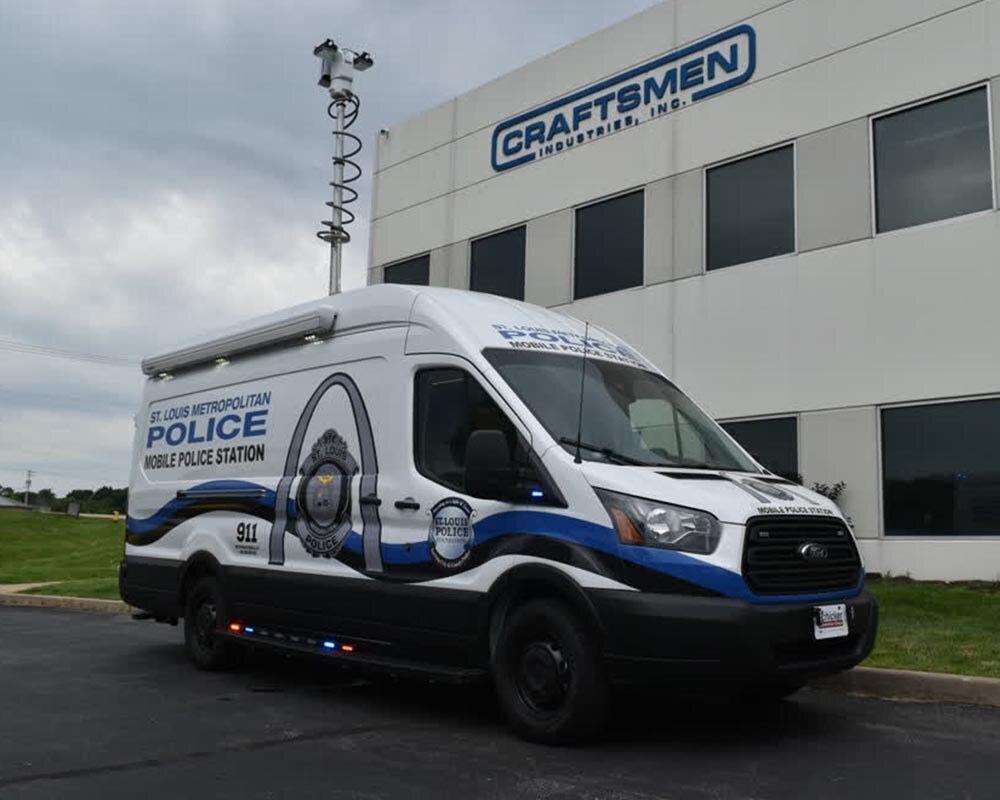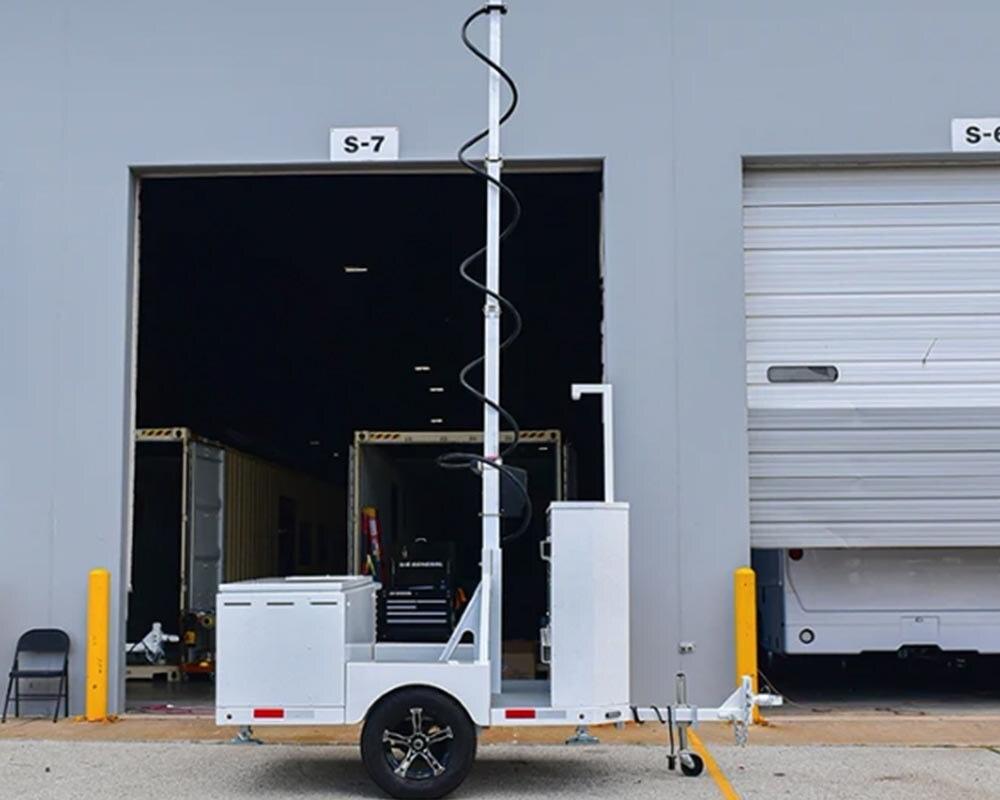Disaster Relief Vehicles for Quick Response

A disaster relief vehicle is an essential asset for emergency response agencies, humanitarian organizations, and public safety departments. These vehicles are built to deliver immediate assistance in disaster zones, providing transportation, communication, and logistical support where conventional infrastructure may be damaged or unavailable. Understanding disaster relief vehicle features, configurations, and operational benefits can help agencies make informed choices when planning disaster response strategies.
Purpose and Importance of Disaster Relief Vehicles
Disaster relief vehicles are designed to sustain critical operations in the aftermath of natural or human-made disasters. They serve as mobile bases that deliver essential services such as medical care, communication support, and supply distribution.
When hurricanes, floods, or earthquakes disrupt access to facilities and utilities, these vehicles allow response teams to reach affected areas quickly and maintain coordination. Their mobility ensures continuous operation even in areas with poor road conditions or damaged infrastructure.
Core Features and Capabilities
Modern disaster relief vehicles are equipped with advanced systems that enhance response efficiency. Onboard power generators and communication tools enable connectivity in remote or disrupted environments. Refrigeration units can store medical supplies, while clean water systems and climate control ensure safe and sustainable operation.
Storage compartments are designed to transport equipment, relief supplies, and protective gear. Some models also include workstations and sleeping areas for extended deployments.
These features make disaster relief vehicles essential not only for initial response but also for ongoing recovery efforts where long-term presence is required.
Types of Disaster Relief Vehicles
Different operations call for different vehicle configurations. Some common types include:
-
Medical Response Units: Outfitted with medical equipment and treatment space for emergency care.
-
Command and Communication Vehicles: Equipped with satellite systems and data links for coordination.
-
Supply and Logistics Vehicles: Used for transporting relief materials, food, and equipment.
-
Mobile Shelters: Provide temporary housing or rest areas for personnel and displaced individuals.
Each type can be customized to fit the specific mission of the responding organization.
Communication and Coordination Systems

Reliable communication is vital during any disaster response. Most vehicles feature integrated satellite, radio, and cellular systems to maintain constant contact with local authorities and headquarters. These tools ensure that teams can relay information, track progress, and coordinate with multiple agencies efficiently.
Advanced models also support video conferencing, GPS mapping, and real-time reporting, which improve situational awareness and decision-making in complex emergencies.
Mobility and Deployment
A well-designed disaster relief vehicle must reach affected areas quickly and operate independently once deployed. High-clearance suspension, four-wheel drive, and durable tires allow vehicles to navigate debris-covered or flooded terrain. Quick setup features enable rapid transition from transport mode to operational status within minutes.
Mobility ensures that support can move alongside evolving disaster zones, keeping operations efficient and responsive to changing conditions.
Durability and Maintenance Requirements
Durability is essential for ensuring that relief vehicles remain operational under extreme conditions. Heavy-duty chassis, corrosion-resistant exteriors, and reinforced interiors protect against environmental wear and tear.
Regular maintenance of mechanical systems, electrical wiring, and onboard power sources is crucial for long-term performance. Preventive servicing schedules help minimize downtime and extend vehicle lifespan.
Procurement and Budget Planning
The cost of disaster relief vehicles depends on size, equipment, and customization level. Smaller units are suitable for localized response teams, while larger, fully equipped models support regional or national disaster management.
Agencies should consider total ownership costs, including maintenance, staffing, and fuel. Partnerships with government programs or relief organizations can help secure funding for procurement.
External Standards and Best Practices
For effective disaster management planning, agencies can refer to the Federal Emergency Management Agency (FEMA) and World Health Organization (WHO) guidelines. These resources outline coordination protocols, vehicle safety standards, and best practices for emergency logistics.
Frequently Asked Questions
What is the role of a disaster relief vehicle?
It provides transportation, communication, and operational support in disaster zones, allowing responders to deliver aid quickly.
How are these vehicles powered?
Most disaster relief vehicles use onboard generators or hybrid power systems to run equipment and maintain communication.
Can disaster relief vehicles be customized?
Yes. They can be tailored for medical response, logistics, or communication functions depending on mission needs.
What factors affect the cost of these vehicles?
Cost varies based on vehicle size, onboard systems, and the level of customization required for specific emergency operations.
Why are mobile communication systems important in disaster relief?
They enable coordination among multiple response teams, ensuring timely decisions and efficient resource distribution.
- Art
- Causes
- Crafts
- Dance
- Drinks
- Film
- Fitness
- Food
- الألعاب
- Gardening
- Health
- الرئيسية
- Literature
- Music
- Networking
- أخرى
- Party
- Religion
- Shopping
- Sports
- Theater
- Wellness


